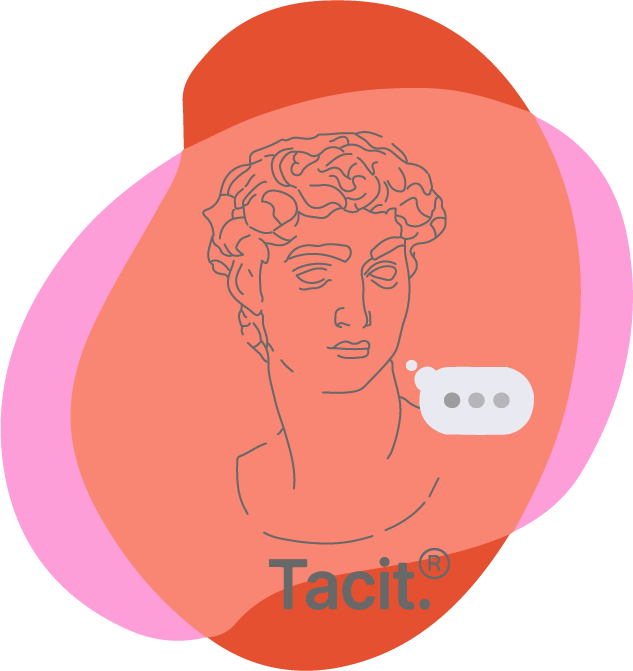Assessing the Reliability of Annotations in Contextual Emotion Imagery
Who is assessing the annotations and annotators?
Emotions are a fundamental aspect of human experience, influencing our perception, decision-making, and overall well-being. Understanding and accurately capturing emotions is crucial for various domains like psychology, marketing, healthcare, and human-computer interaction. With increasing advancements in technology, contextual emotion imagery has gained attention as a powerful tool for studying emotions. However, the reliability of annotations associated with contextual emotion imagery remains a topic of ongoing research and discussion.
White-paper published in Nature discusses the problem and options
The aim of this blog post is to provide an overview of the research conducted by Valdez et al. titled "On Reliability of Annotations in Contextual Emotion Imagery" and explore the challenges and implications associated with the reliability of annotations in this context. The study focuses on evaluating the reliability of emotion annotations by comparing different sources of annotations for the same set of images.
Methodology
In their study, Valdez et al. collected a dataset of 700 images, each associated with annotations provided by multiple sources, including human annotators and automated systems. The researchers sought to evaluate the consistency and agreement between these different sources of annotations. Various annotation metrics, such as valence and arousal, were assessed using established reliability measures.
Findings
The study revealed significant variations in annotations provided by different sources.
1) Human annotations showed moderate agreement, indicating that there is still subjectivity involved in interpreting emotions. Agreement was considerably lower when comparing human annotations with those generated by automated systems, implying that automated systems may require further improvements to accurately capture the complexity of human emotions.
2) Moreover, the study identified several challenges in obtaining reliable emotion annotations in contextual imagery. These challenges include ambiguous visual cues, cultural differences in interpretation, and the inherent subjectivity of emotion perception. The researchers emphasized the need for developing standardized annotation guidelines and training procedures to enhance the reliability and consistency of emotion-related annotations.
Influence of Attentiveness:
Attentiveness is crucial for accurate annotations. The paper highlights how annotators' attentiveness affects the reliability of emotion labels. For instance, a distracted or fatigued annotator may introduce inaccuracies. To illustrate, an image may evoke joy, but a distracted annotator might label it as anger, leading to misleading dataset annotations.
Gender and Age Dynamics: The paper delves into the impact of gender and age on emotion annotation. Studies show that annotators' gender and age can introduce biases. For example, certain emotions might be perceived differently based on cultural or personal experiences related to age and gender. A male annotator may interpret an expression differently than a female annotator, influencing dataset annotations.
Relevance for Affective Computing Companies:
Attentiveness and Model Performance:
Example: If an emotion recognition model is trained on a dataset with annotations from inattentive annotators, it may struggle to accurately recognize emotions in real-world scenarios where attentiveness is crucial.
Relevance: Affective computing companies need models that perform reliably in various contexts. Emphasizing attentiveness in annotations ensures that models are trained on high-quality data, enhancing real-world applicability.
Gender and Cultural Sensitivity:
Example: An image expressing a subtle emotion might be interpreted differently by annotators of different genders or age groups. This influences the dataset's cultural bias.
Relevance: For companies aiming at global applicability, accounting for gender and age-related biases in annotations is crucial. A more diverse and balanced dataset leads to models that are sensitive to cultural nuances.
User Experience and Ethical Considerations:
Example: Affect-sensitive applications, like virtual assistants, may encounter diverse user demographics. If the underlying emotion recognition model is biased, it could lead to misinterpretations and impact user experience.
Relevance: Affective computing companies must prioritize ethical considerations. Ensuring diverse and attentive annotators contribute to datasets that align with ethical guidelines and enhance user trust.
Conclusion: In the dynamic landscape of emotion recognition, addressing factors such as attentiveness, gender, and age is essential for developing reliable models. Affective computing companies can benefit from datasets that reflect real-world diversity and contexts, ultimately leading to more robust and ethical applications. As we navigate the evolving field of affective computing, understanding and mitigating these influences are critical for the responsible development of emotion-aware technologies.
Implications and Future Directions
The research conducted by Valdez et al. sheds light on the complexities and limitations of emotion annotations in contextual imagery. Addressing the issues highlighted in this study can have significant implications for various applications. For instance, in the field of mental health, reliable emotion annotations could contribute to a more accurate assessment of patients' emotional well-being. In the domain of human-computer interaction, improved emotion recognition algorithms could enhance the development of emotion-aware systems that adapt to users' affective states.
Moving forward, it is crucial to explore novel approaches that combine both human and automated annotation systems to overcome the limitations observed in this study. Additionally, interdisciplinary collaborations between researchers from diverse fields, including psychology, computer science, and neuroscience, can foster the development of robust annotation frameworks.

